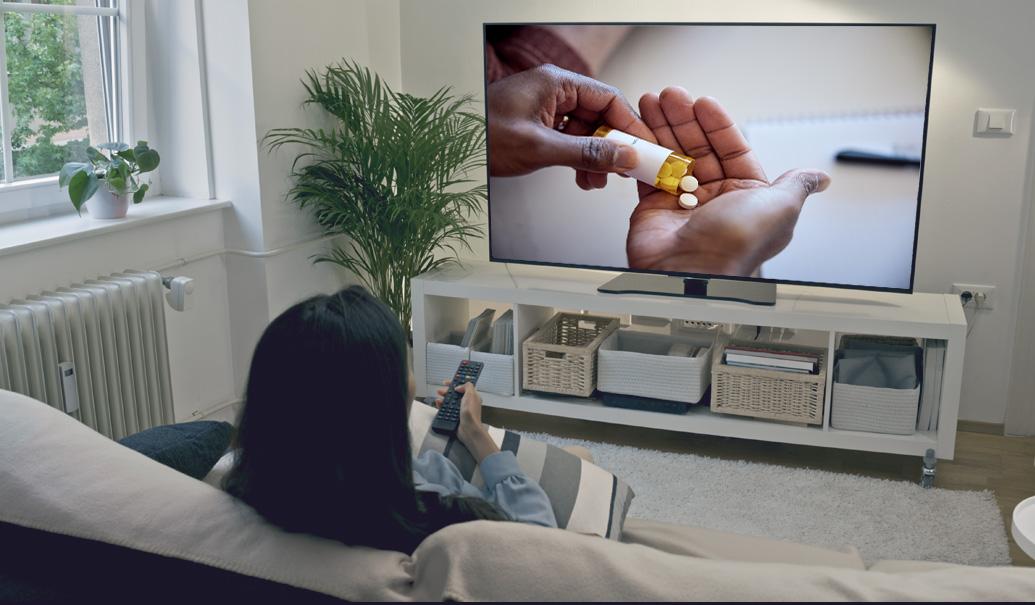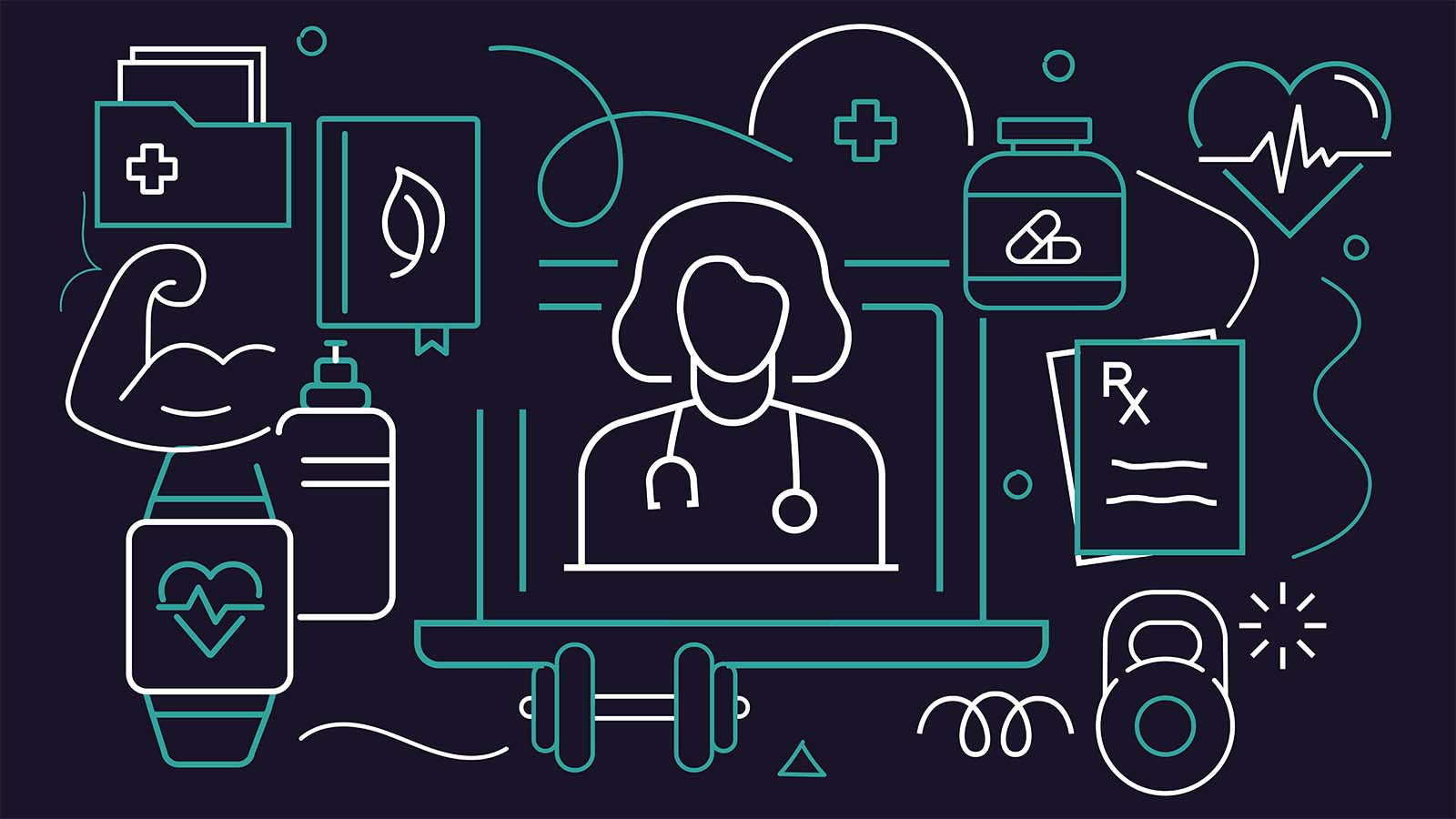3 key takeaways
- AI-powered patient support services improve efficiency, reduce burden and personalize care across the patient journey in life sciences.
- Hybrid operating models let life sciences firms scale patient support services while staying nimble and locally relevant in global markets.
- Real-time insights from digital tools and predictive analytics enhance patient engagement strategies and drive better health outcomes.
As the 2025 ZS Future of Health Report makes clear, the next era of healthcare will be hyper-personalized and tech-enabled. Nowhere is the need for innovation—and integration—more visible than in the evolution of patient services. Life sciences companies are taking bold steps beyond therapies to support the entire patient journey. By designing easy and intuitive experiences and easing administrative burdens on healthcare providers (HCP), they help reshape a healthcare landscape defined by rising expectations, growing complexity and provider strain.
The critical question for leaders is no longer if patient services are evolving, but whether their organization is poised to capitalize on them as a competitive differentiator.
As the healthcare environment grows more complex, patient services are evolving from a supportive role to a strategic necessity. This shift reflects broader industry priorities: delivering personalized care, boosting operational efficiency, deepening engagement across the patient journey and improving health outcomes. ZS’s Next-Generation Patient Support and Services Annual Trends Report explores how life sciences companies are evolving their strategies to keep pace with change. From new engagement models to AI integration, it outlines how organizations are reshaping patient support services and the capabilities needed to lead.
The critical question for leaders is no longer if patient services need to evolve, but whether their organization is poised to capitalize on them as a competitive differentiator.
Smarter tech, smoother care: Connecting patient services across life sciences
Technology remains a critical enabler in the evolution of patient services, creating a connected health journey that reduces friction for both patients and providers. For patients, digital enrollment, financial navigation tools and real-time adherence solutions are becoming essential—improving access and enabling more personalized support across the treatment journey. For HCPs, the focus is on operational efficiency. With rising administrative burden and limited time, providers are looking for tools that streamline workflows without disrupting care. As noted in the Future of Health Report, primary care physicians are increasingly open to AI, especially for administrative support.
Can technology truly humanize healthcare—or is that a contradiction? Our research suggests it’s possible—and essential. Technology has become a critical enabler in the evolution of patient services, creating a connected health journey that reduces friction for both patients and providers. The increasing demand for equitable and patient-centric care has led stakeholders—payers, patient advocacy groups, hubs and health systems—to collaborate and explore new avenues to support patients. The report underscores how technology is transforming care across the healthcare landscape. Digital health tools—including telehealth, remote monitoring and app-based symptom tracking—use real-time, data-driven condition management to create more responsive and personalized experiences.
Think global, support local: Scaling life sciences with smart and flexible models
What happens when global standardization meets local patient needs? Our research reveals surprising answers about finding balance. Companies are rethinking how they structure patient support, increasingly turning to hybrid models that combine in-house control with outsourced agility. This approach offers the best of both worlds—strategic oversight where it counts and flexibility where it’s needed most. As markets fragment and regulations tighten, these adaptable models are helping organizations tailor support to diverse regional needs without losing efficiency or patient focus.
The Next-Generation Patient Support and Services Annual Trends Report explores how life sciences companies are evolving their approaches to meet these diverse demands. Drawing on insights from markets such as the U.S., EU and APAC, it highlights how emerging models—developed and implemented by life sciences organizations—are helping companies navigate complexity while delivering more locally relevant, patient-centered support.
AI finds its moment in patient support—and patients are ready
How do we move from responding to anticipating patient needs? The answer might be hiding in plain sight within your data. Support programs are no longer just delivery mechanisms—they’re becoming rich sources of real-world insights that inform decisions across the healthcare value chain. Life sciences companies are shifting toward scalable, AI-enabled ecosystems that support smarter, data-driven engagement. Predictive analytics is playing a key role, enabling more tailored interventions, continuous optimization of program performance and proactive engagements that add meaningful value for patients.
Consumer sentiment reinforces this shift. As highlighted in the ZS Future of Health Report, patients are increasingly open to AI-powered applications and data sharing when there’s clear value in return. In markets such as Canada, regulatory shifts are also enabling broader use of patient support program-generated data in drug development and commercialization, further validating data’s expanding role. The report examines the potential of AI in a technology-driven healthcare delivery model, which can hasten diagnosis and reduce HCP burnout by automating administrative tasks, allowing providers to focus on meaningful patient interactions.
The future is personal: Redesigning patient support for what comes next
Patient services are emerging as a strategic priority as life sciences companies navigate rising patient expectations, increasing system complexity and rapid digital adoption. To deliver more integrated, efficient and personalized support, organizations are embracing scalable models, AI-powered solutions and data-driven strategies to enhance engagement across the treatment journey. Yet despite progress, many organizations face ongoing challenges in consistently tracking how support programs evolve and aligning strategies across markets.
The ZS Next-Generation Patient Support and Services Annual Trends Report provides a structured lens on this transformation—highlighting shifts in operating models, technology integration, regional nuances and emerging capabilities reshaping patient engagement. While this article offers a preview of key themes, an excerpt with more information and insights is available. To see the full report, please contact us at Opportunity ZS.
Add insights to your inbox
We’ll send you content you’ll want to read – and put to use.















